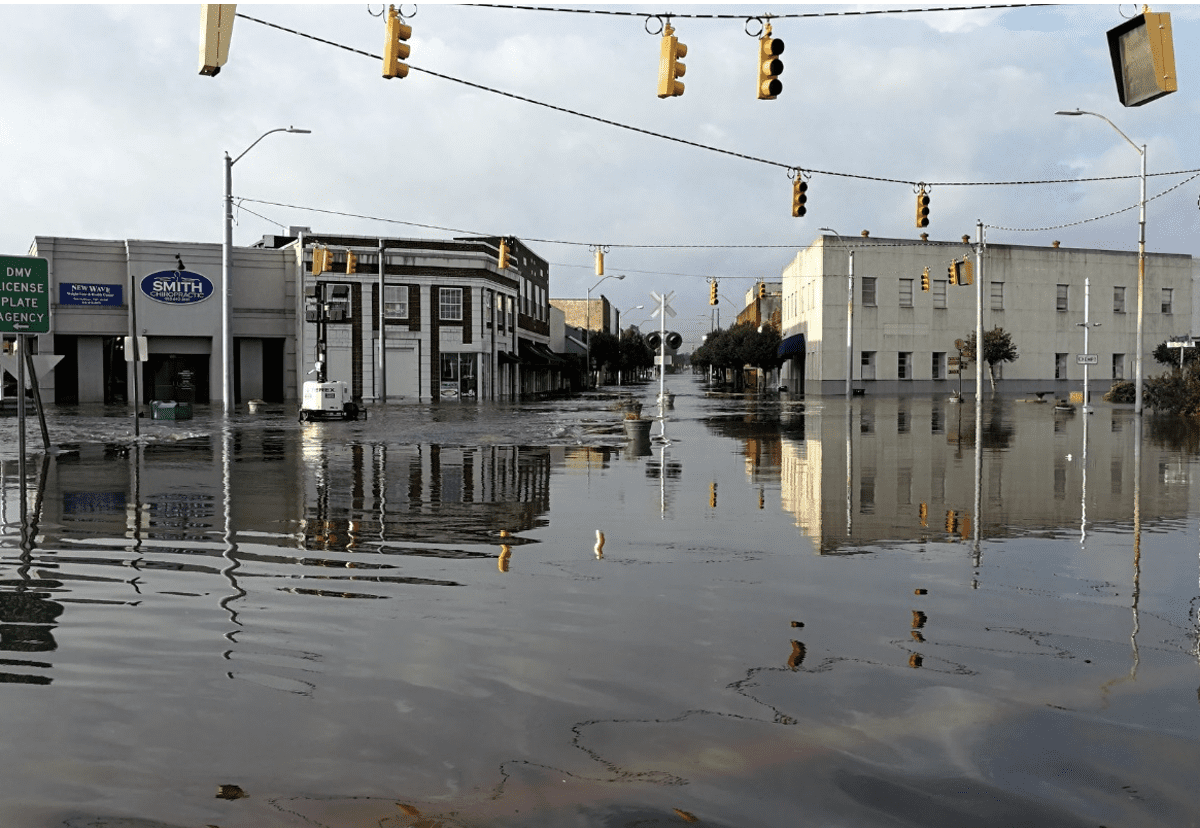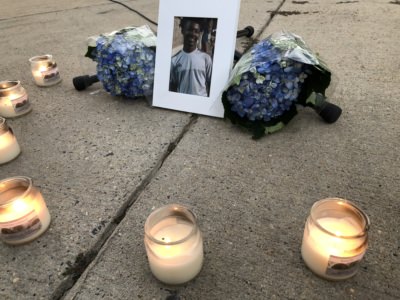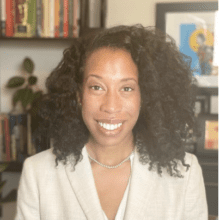
School districts in rural Texas are shrinking their school weeks to four days to deal with teacher shortages and burnout. North Carolina has more than 11,000 vacancies in its public schools. Florida is asking military veterans to enter classrooms to teach.
As school districts across the country grapple with teacher burnout and shortages, another disaster looms on the horizon: extreme weather-related events. In a five week period, five 1,000-year floods disrupted residents of Missouri, Kentucky, Illinois, California, and Texas. Most recently, we are seeing the devastation of flood waters combined with a drinking water crisis in Mississippi. Too often, these hazardous events are most detrimental to low-income communities and communities of color — with these communities still feeling the brunt of disaster years later.
One weather-related hazard — hurricane season — also coincides with the start of the new school year. And when hurricanes strike, it’s often teachers and school personnel who act as
first responders for their students and community.
In our previous work, we found that when Hurricanes Harvey (2017) and Matthew (2016) hit Texas and North Carolina, it was the custodians who removed debris and damaged supplies from the athletic fields. It was the principals who stayed in the building for 24 hours while their schools operated as shelters. It was also the teachers who ran to the local pharmacy to retrieve students’ lifesaving medicine while communication was limited.
As heroic as these educators were in supporting their communities, taking on the role of first responders may result in increased burnout for teachers and staff.
In our recent work, we spent eight months interviewing educators in Texas and North Carolina following hurricanes and they repeated feeling burned out. Teachers and staff talked about the emotional toil of disaster recovery combined with meeting unanticipated demands from their students and the community.
Educators provided supplies such as food, clothing, and access to transportation to their students and peers. They prioritized the mental health of their students and ignored their own basic needs. Unfortunately, they weren’t always provided with the support they needed to help themselves recover.
Teachers and staff recommended that schools create a plan to prepare for future disasters. A plan would include what to do before, during, and after an event, and how to address mental health needs — both theirs and their students’. Such a plan would also identify the roles of key individuals to streamline communication. Lastly, educators requested trainings on how to adjust lessons to make up for lost time and strategies for supporting students.
The need for a well-crafted, community-specific plan will only grow in importance as climate change increases the risk of weather-related disasters. Unfortunately, these events aren’t slowing down. Before another disaster hits another community, let’s be proactive and put a comprehensive emergency plan in place that accounts for the teachers and staff who we entrust with our future.
Recommended reading





